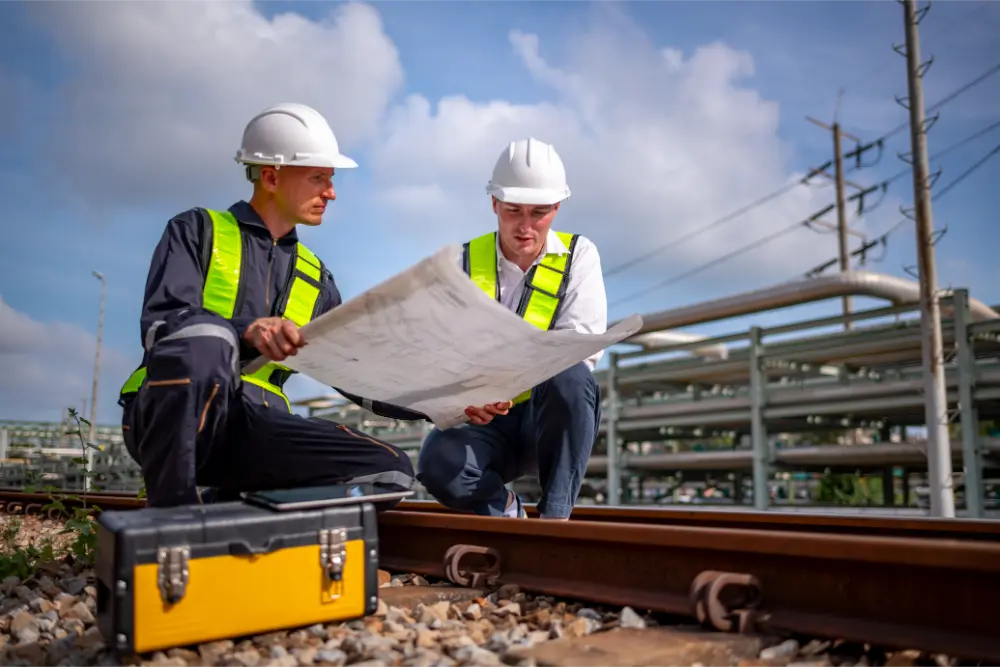Innovations in Geotechnical Design for Deep and Shallow Foundation Engineering

In the domain of foundation engineering, continuous innovation drives safer, more efficient construction, especially when working with both deep and shallow foundation types. As urban environments expand vertically and infrastructure projects grow more complex, geotechnical challenges demand novel solutions. This article explores some of the latest advancements that are reshaping how geotechnical engineers tackle foundation design, excavation, and soil stabilization.
Advances in Foundation Engineering Materials
One of the key innovations in foundation engineering involves the development of high-performance materials that enhance the durability and load-bearing capacity of foundations. These include:
- Geosynthetics: Used for soil reinforcement and separation, improving the stability of shallow foundations.
- Ultra-high performance concrete (UHPC): Increasing the lifespan and strength of deep foundations such as piles and caissons.
- Fiber-reinforced polymers (FRP): Utilized to retrofit existing foundations weakened by soil settlement or seismic activity.
These materials enable engineers to customize solutions according to site-specific conditions, optimizing both cost and performance.
Enhanced Geotechnical Investigation Techniques
Accurate subsurface characterization is critical for selecting the appropriate foundation type. Innovations in geotechnical site investigation have led to:
- Cone Penetration Testing (CPT) advances, enabling more detailed and faster soil profiling.
- Geophysical methods such as seismic refraction and electrical resistivity tomography, which help visualize underground conditions without invasive excavation.
- Machine learning algorithms integrated with geotechnical data to predict soil behavior and foundation performance.
Improved investigation techniques reduce uncertainty, ensuring safer designs and minimizing risks during excavation and construction.
Optimizing Shallow Foundation Designs
Shallow foundations remain a popular choice for many civil engineering projects due to their cost-effectiveness and simplicity. Recent innovations in geotechnical design allow for:
- Use of soil improvement techniques such as vibro-compaction and chemical stabilization to increase bearing capacity.
- Application of mat and raft foundations with optimized thickness and reinforcement patterns designed through advanced computational modeling.
- Integration of real-time monitoring sensors embedded in shallow foundations to detect settlement or distress early during service life.
Such advancements help extend the applicability of shallow foundations in challenging soil conditions.
Innovations in Deep Foundation Engineering
Deep foundations—like piles and drilled shafts—are vital for supporting heavy structures or spanning poor soil layers. Cutting-edge developments include:
- Load testing automation and enhanced instrumentation for precise measurement of pile behavior under stress.
- Adoption of micropiles and helical piles, which provide versatile solutions in areas with limited access or difficult excavation conditions.
- Implementation of sustainable construction practices, such as the use of recycled materials in deep foundation elements.
These innovations enable geotechnical engineers to address complex foundation challenges efficiently and sustainably.
Digital Tools and Simulation for Foundation Engineering
The rise of digital technologies has transformed foundation engineering design and analysis. Some notable tools include:
- Building Information Modeling (BIM) combined with geotechnical data, allowing for integrated design and clash detection during excavation planning.
- Finite Element Method (FEM) software tailored to simulate soil-structure interaction with incredible accuracy.
- Cloud-based platforms that facilitate collaboration among civil engineers, geotechnical experts, and contractors.
The adoption of these digital tools improves precision and reduces project timelines.
The Role of Geotechnical Engineers in Modern Foundation Projects
Amid these technological advances, the expertise of the geotechnical engineer remains indispensable. Their role extends beyond traditional design to include:
- Assessing risks related to soil variability and foundation settlement.
- Advising on sustainable practices that lessen environmental impacts.
- Coordinating multidisciplinary teams for integrated project delivery.
Through a blend of experience and innovative approaches, geotechnical engineers ensure foundation systems are both safe and cost-effective.
For more in-depth insights on foundation engineering, including detailed case studies and emerging trends, visit foundation engineering resources.
Conclusion
Innovations in geotechnical methods and materials are revolutionizing deep and shallow foundation engineering, enabling the construction of resilient structures in increasingly complex environments. Staying abreast of these developments is essential for engineers seeking to optimize foundation designs and achieve long-term project success.
Explore further and enhance your foundation engineering expertise today!